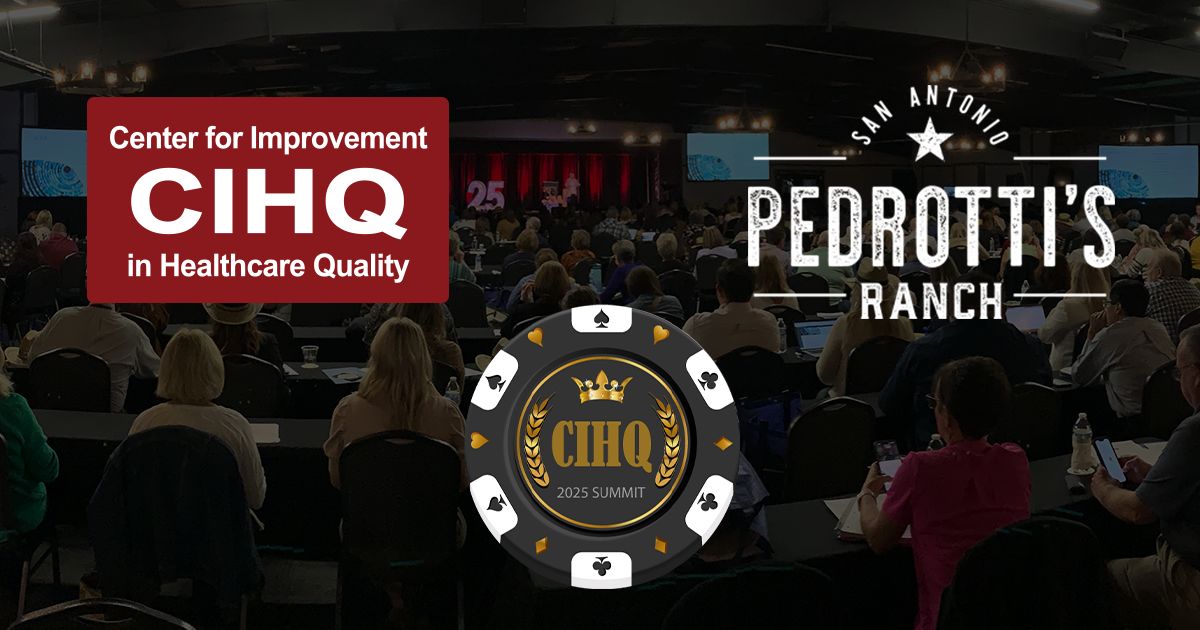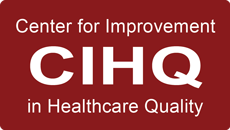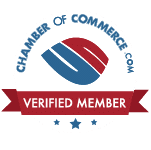Professional Development: What is Your Plan for Sustainability?
Professional Development: What is Your Plan for Sustainability?
If you are in a leadership position in the healthcare environment today, you are no stranger to the issues surrounding staffing shortages. With a lack of qualified applicants and high turnover rates, ensuring safe staffing coverage can seem like an ongoing vicious cycle to many department leaders serving in the healthcare industry today. How are you managing this issue in your facility?
Finding and recruiting new qualified personnel is a never-ending task. Not only must you find individuals who meet educational requirements to fulfill their job duties, but it is also important to ensure that new team members are competent to fulfill the positions for which they were fired. One of the biggest challenges is that healthcare personnel who are well-experienced in their fields are in high demand.
If you are fortunate enough to have these well qualified individuals on your team, it may only be temporary. There is a tremendous amount of recruiting activity happening in the healthcare industry incentivizing your hard-working skilled team members to consider other high-paying positions which include sign on bonuses, generous PTO and benefits packages, continuing education compensation and paid relocation expenses.
It is hard to imagine when or even if this staffing crisis will ever go away. In the interim, high turnover rates and training cost for new staff. “The average cost of turnover for a staff RN increased by 7.5% in the past year to $56,300, with a range of $45,100 to $67,500. The average time to recruit an experienced RN ranges from 59 to 109 days, with the average for 2023 sitting at 86 days - nine days quicker than the year prior” (Beckers, 2024). This budget busting trend has CFO’s struggling to manipulate day-to-day operational costs along with unanticipated overhead costs to account for the onboarding of new staff in because of high turnover rates.
With no immediate resolution to this post-pandemic staffing crisis. Healthcare leaders are hard pressed to find safe and timely solutions. Many rely on high priced staffing agencies to fill immediate needs. We recommend looking within for highly motivated professionals who may already be a part of your team. Mentoring and training novice individuals may be a great way to combat future staffing issues. Now, more than ever, is the time to rethink recruitment strategies. Spending countless hours, not to mention cost, to recruit experienced help can be futile. Redirecting recruitments efforts to promoting from within may just be the future to sustainment and succession planning.
Our HCE Global experts understand the challenges that healthcare facilities are facing today. We are here to help. We offer a variety of professional development services to help grow your novice professionals into industry experts. Using a customizable approach, we will help you navigate through even the toughest of challenges. We pride ourselves on helping our clients achieve and maintain a status of excellence in the healthcare industry.
Be sure to browse Our Website for a full list of services we provide.
Contact us today at (800) 813-7117 to schedule a free consultation.






